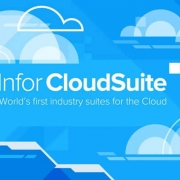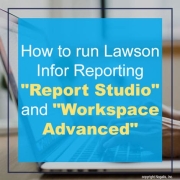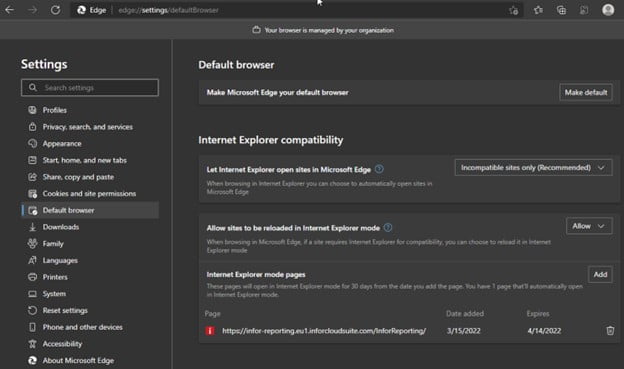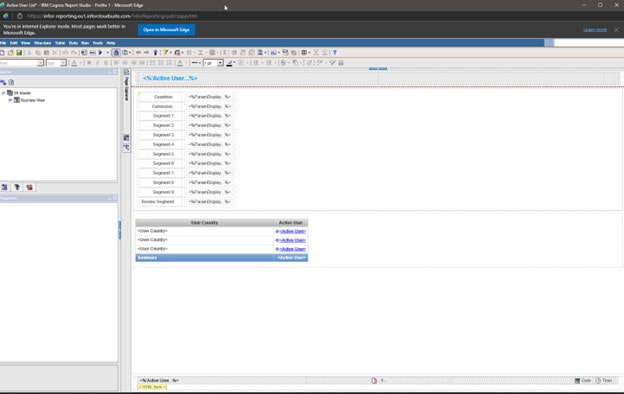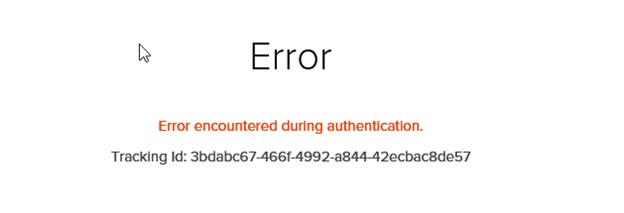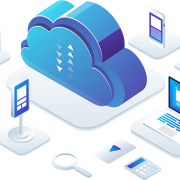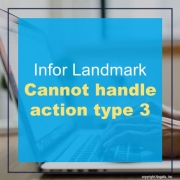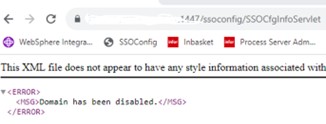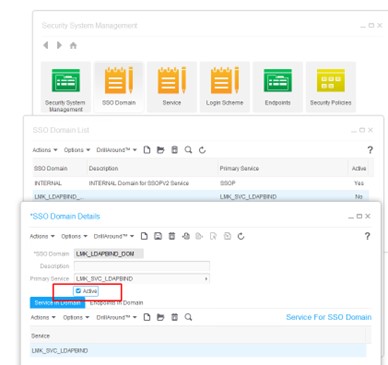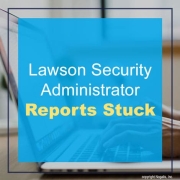Infor recently announced that machine builder AWL has chosen Infor to help optimize its production process and will deploy Infor CloudSuite Industrial Enterprise as the enterprise resource planning (ERP) system for the material handling business unit to support volume production. Per the press release, AWL’s implementation plans include:
From project organization to mass scaling. “Where this business unit could previously work on a project basis, the request for serial machine concepts, combined with the process characteristics of serial production, creates new requirements for the ERP system handling complex multi-modal manufacturing requirements. To meet this, AWL chose Infor’s cloud solution, powered by Amazon Web Services (AWS). One deciding factor for serial machine concepts is the traceability within production and the product lifecycle. This allows any disruptions or issues to be quickly identified and addressed despite the large scale.”
Global planning. “The Infor CloudSuite was implemented first in the material handling business unit in just five months. Further implementation throughout the rest of the organization is currently taking place, with a targeted go-live in Q1 2026, so AWL will eventually benefit from a company-wide rollout of the standardized and highly flexible multi-tenant cloud solution.”
Implementation in five months. “The solution has already been implemented in five months for part of the organization, where normally such an implementation could takes years. AWL states that this is possible due to the combination of choosing standard solutions within only part of the organization. Moreover, Infor and AWL benefit from the limited need for data conversion because it involves a virtually new activity of the company.”

